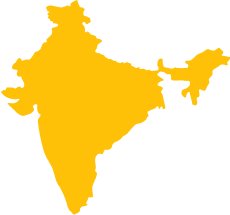Services
Localising & adapting content.
Genero provides content localisation services for different markets, languages and cultures, supported by a network of professional creatives in every corner of the globe.
USA, Original
Japan, Localisation
Powered by local insight and creative tech.
Creative humans to localise campaigns.
Use on-the-ground creatives in any corner of the globe to adapt ideas and content for local relevance, nuance, talent, location, language and more.
Creative tech to adapt assets at scale.
Our tools enable effortless, one-click adaptation and production for multiple markets, audiences and languages, while maintaining brand look and feel.
Manage multi-market shoots.
Source and collaborate with local production teams across any market, managing multiple, concurrent productions from the comfort of your desk. Boost your content localisation strategy to combine global consistency with local creativity and production, without the travel costs and environmental impact.

Adapt and optimise existing assets.
Use Genero's global network of motion designers, animators and editors to adapt, reimagine and optimise still images, TVCs, stock footage, and other assets.
Crafting authentic, localised campaigns for Japan.
Fitbit has an ongoing need to localise existing US campaigns for the Japanese market. Working with a local, multilingual creative agency through Genero, the recreated ads take every detail of the campaigns into account, considering casting, locations, music, sound, tone, pace and of course, the script.

Original Ad
USA

Localisation
Japan

Adapting a TVC for different Asian cultures.
Trivago came to Genero to recreate and localise a successful American TV commercial for Asian audiences. With access to Genero's global creative network, Trivago sourced production companies in Korea, Thailand and India to recreate the ad, remaining true to the original creative while being adapted for culture and nuance using local talent and locations.

Original Ad
USA

Localisation
South Korea

Localisation
Thailand

Localisation
India
Watch case study

